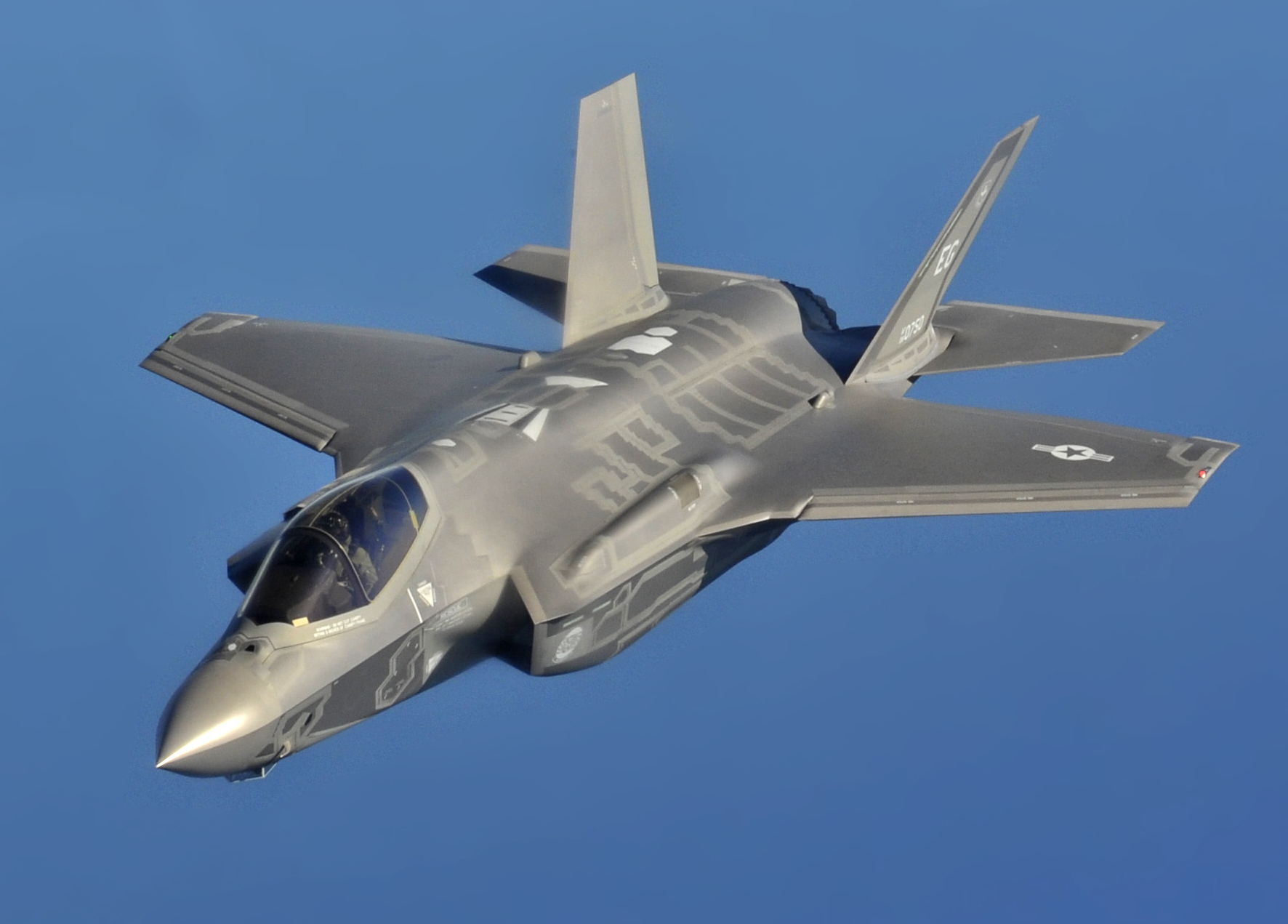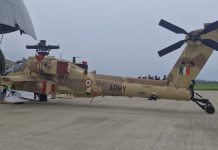The US Navy and Air Force have ordered from Lockheed Martin another 16 F-35 Joint Strike Fighter jets costing more than $1 billion in all, the Defense Department announced.
US Air Force Confirms It’s Bringing World’s First Stealth Fighter Aircraft ‘Back In Action’
“Lockheed Martin Aeronautics Company [of] Fort Worth, Texas is awarded a $1,099,631,252 modification … contract,” the Defense Department said in a press release on Friday. “This modification exercises options for the production and delivery of 16, Lot 15 F-35 Lightning II aircraft: 10 for the Air Force and six for the Marine Corps.”
The defense Department said work on the contract will be performed in Fort Worth, Texas (57%); El Segundo, California (14%); Warton, United Kingdom (9%); Cameri, Italy (4%) and other locations and is expected to be completed in May 2026.
In July, Air Force Chief of Staff Gen. Charles Brown described the F-35 jet as the cornerstone of the US fighter fleet for the foreseeable future. However, critics continue to charge that the Air Force and Lockheed Martin have not addressed the aircraft more than 860 remaining technical issues.

The F-35 development began in 2001 and the weapon system has turned out to be the most expensive one in US history. The F-35 program has been delayed more than eight years and is $165 billion over the original cost expectations, according to the Government Accountability Office.
Recently, F-35 was in the news when an MQ-25 drone for the first time refueled a Lightning II Joint Strike Fighter. “The US Navy and Boeing have used the MQ-25TM T1 test asset to refuel a US Navy F-35C Lightning II fighter jet for the first time, once again demonstrating the aircraft’s ability to achieve its primary aerial refueling mission,” Boeing said in a news release.
It was the third refueling mission for the Boeing-owned test asset in just over three months, advancing the test program for the Navy’s first operational carrier-based unmanned aircraft.
“Every test flight with another Type/Model/Series aircraft gets us one step closer to rapidly delivering a fully mission-capable MQ-25 to the fleet. Stingray’s unmatched refueling capability is going to increase the Navy’s power projection and provide operational flexibility to the Carrier Strike Group commanders.” US Navy’s Unmanned Carrier Aviation program manager Captain Chad Reed said in the release.
During a test flight on September 13, an F-35C test pilot conducted a successful wake survey behind the MQ-25TM T1 to ensure performance and stability before making contact with T1’s aerial refueling drogue and receiving fuel, the release said.




